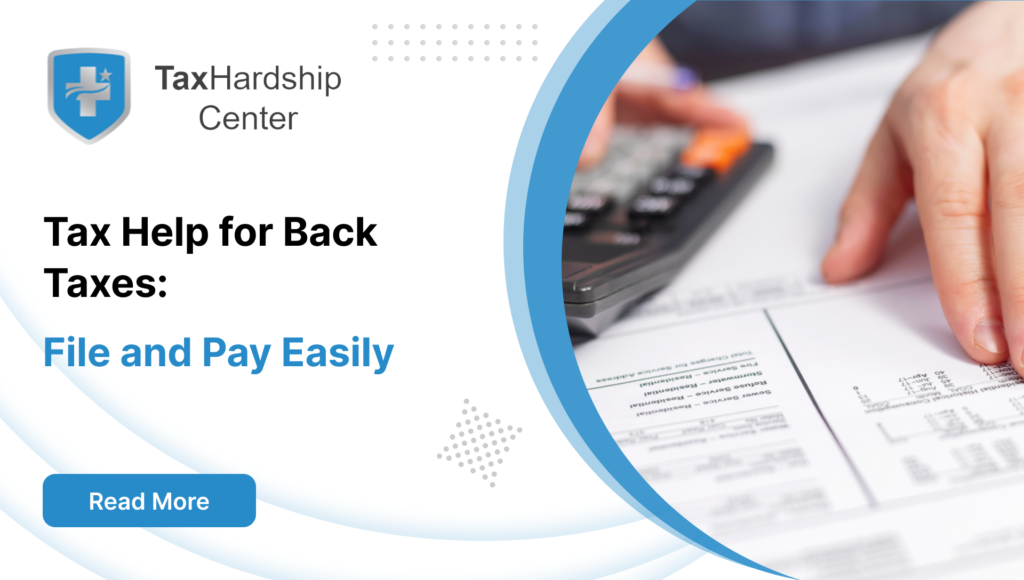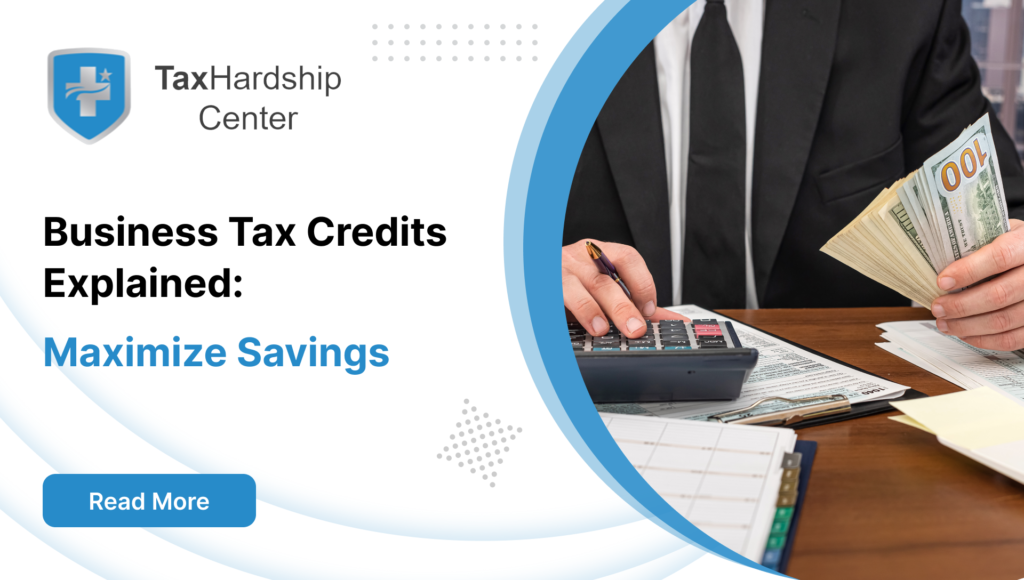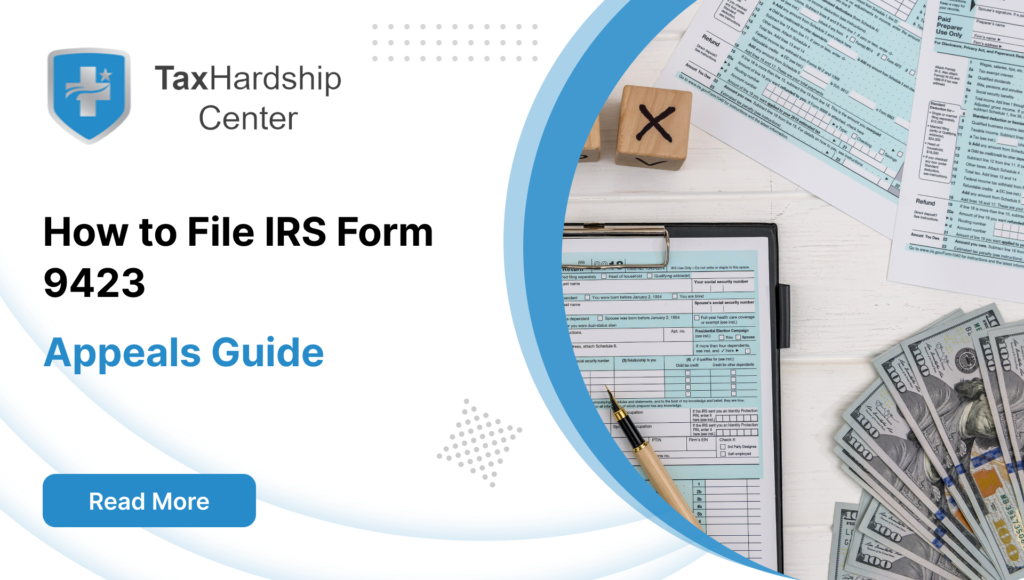Understanding the intricacies of retirement plans can be daunting. One essential vehicle for long-term financial security is the 401(k) plan. This blog will delve into the critical aspects of 401(k) plans, from their basic structure and benefits to the implications for your taxes and what happens when you change jobs. We aim to provide you with a comprehensive understanding of 401(k)s so you can make informed decisions about your retirement savings.
What is a 401(k)?
A 401(k) plan is a robust retirement savings vehicle sponsored by an employer, designed to help employees prepare for future financial stability. It operates under a tax-advantaged structure that allows workers to allocate a portion of their pre-tax paycheck directly into their 401(k) account. The contributions made to the plan reduce your taxable income for the year, offering immediate tax relief.
Beyond the individual contributions, many employers enhance the attractiveness of these plans by offering an employer match program. This means that for every dollar you contribute up to a certain percentage of your salary, your employer will contribute a matching amount to your 401(k). This ‘free money’ is a compelling incentive for employees to take advantage of the plan, as it effectively increases their immediate return on investment. The specifics of how much an employer will match vary widely, but common structures include a 100% match on the first 3% of employee contributions and 50% on the next 2%.
The 401(k) isn’t just a savings account; it’s a long-term investment plan. As an enrollee, you typically can choose from a selection of investment vehicles within your plan. These may include a diverse array of mutual funds, including stock, bond, target date, and other types of investments. These options allow you to tailor your investment strategy based on your financial goals, risk tolerance, and time horizon until retirement.
How does a 401(k) work?
When you enroll in a 401(k) plan, you must decide how much of your paycheck you wish to contribute. Your employer will deduct this amount from your wages before taxes are computed, and these funds are directed into your 401(k) account. Because these deductions come from your gross income, they decrease your taxable income, which can lead to less taxes for the current year.
Once your contributions are in the 401(k) account, they will be invested according to your chosen allocation. Over time, the hope is these investments will grow through compound interest and market gains, thus expanding your retirement nest egg. You won’t pay any taxes on this investment growth within the account. This tax-deferred growth is one of the principal benefits of a 401(k), enabling your savings to grow faster than if they were in a taxable account.
However, it’s essential to understand that taxes are only deferred, not avoided. When you reach retirement and begin withdrawing money from your 401(k), the distributions are treated as ordinary income and are subject to income tax at that time. Typically, people are in a lower income bracket during retirement than during their working years, which could mean paying less taxes on those funds than if they had been initially taxed.
Another critical concept within a 401(k) is vesting. Some plans require you to work for the company for a certain number of years before you are vested and entitled to the employer’s matching contributions if you leave. You’re always 100% vested in your contributions, but company match policies vary.
401(k)s and Your Taxes
Engaging in a 401(k) plan considerably influences your tax situation. It offers several benefits that can reduce your tax liability now and affect how much you pay in the future.
When you contribute to a 401(k), the money you direct into the plan is taken from your paycheck before income taxes are applied. This pre-tax contribution lowers your annual taxable income, translating into a smaller tax bill for the year you contribute. For example, if your annual salary is $50,000 and you contribute $5,000 to your 401(k), only $45,000 will be subject to current-year income tax.
It’s important to note that while these contributions are tax-deferred, they are not tax-free. The tax payment is postponed until you take the money out of the plan. This is typically during retirement, when you may be in a lower tax bracket than during your working years, potentially resulting in a reduced tax rate on your distributions.
As regards required minimum distributions (RMDs), once you reach the age of 72 (or 70 ½ if you turned 70 ½ before January 1, 2020), the IRS requires you to start withdrawing a minimum amount from your 401(k) each year. These withdrawals are then taxed as ordinary income. It’s crucial to comply with the RMD rules, as failing to take out the required amount can result in a substantial penalty tax of 50% of the amount that should have been distributed.
401(k) Advantages
The 401(k) plan is one of the most advantageous tools available for retirement savers. It offers a suite of benefits designed to bolster long-term financial security.
One of the primary perks of a 401(k) is the tax deferral on the money you contribute, and the investment gains it earns. Since you don’t pay taxes on the growth of your investments while they are in your 401(k), this can lead to the potential for compounded growth in your career. The compounding effect can be significant, as the money that would otherwise go to pay taxes remains invested and generates earnings.
The employer match is another critical component of the 401(k)’s appeal. Many employers will contribute additional funds to your 401(k) account based on your contribution amount, up to a certain percentage of your salary. This is free money and a compelling motivator for employees to participate in the plan and save for retirement. For example, if your employer offers a 50% match up to 6% of your salary, and you earn $50,000 while contributing 6% ($3,000), your employer would add another $1,500 to your account.
Additionally, the 401(k) boasts a high ceiling for annual contributions compared to other retirement accounts, such as IRAs. This allows individuals looking to save extensively for retirement to shelter a more significant portion of their income from taxes until they retire. For those over 50, catch-up contributions are permitted, further increasing the amount that can be put away as you approach retirement.
Other Benefits of a 401(k)
Employer match programs are often the most publicized benefit of a 401(k) plan, but these retirement accounts have much more to offer that can significantly enhance their value. One of the additional advantages is the diverse range of investment options they typically provide. Participants might choose from stock and bond mutual funds, index funds, target-date funds, and sometimes even company stock. This variety allows employees to tailor their investment strategy to meet individual financial goals and risk tolerance.
Another compelling feature of many 401(k) plans is automatic enrollment. With this, employees are enrolled in the plan by default, often at a predetermined contribution rate. This helps foster a savings habit among employees, who might otherwise delay the decision to start saving for retirement. While employees can opt out or adjust their contribution levels, automatic enrollment has significantly increased plan participation rates.
Some 401(k) plans offer loan provisions, allowing participants to borrow from their accounts under certain conditions without a tax penalty, provided the loan is repaid within the specified terms. This can help deal with financial hardship or facing significant unexpected expenses. However, it is generally advisable to consider other options first due to the potential impact on retirement savings.
401(k) Contribution Limits
The IRS sets annual limits on how much employees can contribute to their 401(k) plans, and these limits are subject to periodic adjustments to account for changes in the cost of living. Participants must stay current with these limits to take full advantage of the savings opportunities that 401(k) plans provide. For those aged 50 and over, the IRS allows for additional “catch-up” contributions, recognizing the need for individuals to bolster their retirement savings as they get closer to retirement.
Required Minimum Distributions (RMD)
Required Minimum Distributions, or RMDs, become essential once a participant reaches a certain age, currently set at 72. The RMD rules require you to withdraw a minimum yearly amount from your 401(k) plan, calculated based on IRS life expectancy tables and your account balance. This is an essential aspect of retirement planning, as failing to take RMDs or not withdrawing enough can result in a significant penalty tax of up to 50% of the amount that should have been withdrawn.
What Happens to a 401(k) When I Switch Jobs?
Navigating your 401(k) options upon changing jobs is an important decision that can impact your long-term financial health. If you leave your job, the money you have saved in your 401(k) stays with you. You can keep your savings in your former employer’s plan, assuming it permits it. Alternatively, you can roll the funds over to your new employer’s 401(k) plan if one is available and rollovers are allowed. Alternatively, you may move your money into an Individual Retirement Account (IRA). Each option has distinct advantages and disadvantages, such as differences in investment options, fees, and loan provisions. Careful consideration and, in many cases, consultation with a financial advisor can help you make the best choice for your specific situation.
Downsides to a 401(k)
401(k) plans are widely regarded as a critical component of retirement planning for many Americans. They offer numerous benefits that make saving for the future more manageable and more consistent. However, as with any financial product, disadvantages can also be considered.
One limitation of a 401(k) plan is the investment options, which can be more restricted than those of an Individual Retirement Account (IRA). While employers typically offer a variety of funds within their 401(k) plans, the selection is confined to the choices the plan provides. This may limit employees’ ability to tailor their investment portfolio precisely to their preferences or to access specific niche markets or securities.
Another potential downside of 401(k) plans is that they can come with high administrative fees and investment management charges. High fees can eat into the returns on your investment, reducing the total amount available in retirement. Employees often need to be informed of the fees charged, which can be challenging to decipher in the plan’s documentation. Over time, even seemingly small fees can significantly impact the growth of one’s retirement savings.
Early withdrawals from your 401(k) plan are discouraged through the imposition of penalties and additional taxes. Should you find yourself in a situation where you need to tap into these funds before reaching the age of 59½, you will generally be subject to a 10% early withdrawal penalty on top of the regular income tax you must pay on the distribution. There are certain exceptions to this penalty, such as for qualifying medical expenses or a first-time home purchase, but the rules are strict, and the exceptions are narrowly defined.
The early withdrawal penalties and taxes can significantly deplete the value of your retirement savings. This should make anyone think twice before considering using their 401(k) funds for anything other than retirement. Moreover, when you take money out of your account, you also lose out on the potential investment growth that those funds could have earned, which can compound and reduce your overall savings over time.
Conclusion:
In the journey toward financial security, understanding the nuances of retirement planning is paramount. The 401(k) plan is a cornerstone, offering a pathway to long-term stability. With its tax advantages, employer match programs, and diverse investment options, the 401(k) empowers individuals to build a robust retirement nest egg. However, carefully considering contribution limits, required minimum distributions, and potential downsides is essential to maximize its benefits. By navigating these intricacies wisely, individuals can unlock the full potential of their 401(k) and pave the way toward a fulfilling retirement.
Why Tax Hardship Center?
1. Hassle-Free Assistance:
Say goodbye to sleepless nights and endless tax-related stress. At the Tax Hardship Center, we believe in simplifying the complex. Our team of experts is dedicated to guiding you through every step of the process, ensuring that your tax concerns are met with precision and care.
2. 14-Day Money Back Guarantee:
We’re so confident in our ability to ease your tax worries that we offer a 14-day money-back guarantee. If, for any reason, you’re not satisfied with our service, we’ll gladly refund your investment. Your peace of mind is our top priority!
3. Free Consultation:
Are you curious about how we can transform your tax experience? Book a free consultation now! Our team will assess your situation, answer your questions, and provide free insights tailored to your needs.
4. Nationwide Coverage:
No matter which corner of the United States you call home, the Tax Hardship Center covers you. We proudly serve all 50 states, bringing our expertise to your doorstep. Wherever you are, our commitment to excellence follows.
FAQs:
1. What is a 401(k) and how does it work?
A 401(k) is a retirement savings plan sponsored by an employer that allows employees to contribute a portion of their pre-tax income toward retirement. Contributions are invested in a selection of investment options, and earnings grow tax-deferred until withdrawal during retirement.
2. How does contributing to a 401(k) affect my taxes?
Contributions to a 401(k) reduce your taxable income for the year they are made, potentially lowering your current tax bill. However, withdrawals during retirement are subject to income tax.
3. What are the advantages of a 401(k)?
401(k) plans offer tax-deferred growth, employer match programs, high contribution limits, and diverse investment options, making them powerful tools for retirement savings.
4. What are the downsides of a 401(k)?
Potential downsides include limited investment options, high fees, early withdrawal penalties, and required minimum distributions during retirement.
5. What happens to my 401(k) when I change jobs?
When you change jobs, you can leave your savings in your former employer’s plan, roll them over to your new employer’s plan, or move them into an Individual Retirement Account (IRA). Each has its implications for investment options and fees.








